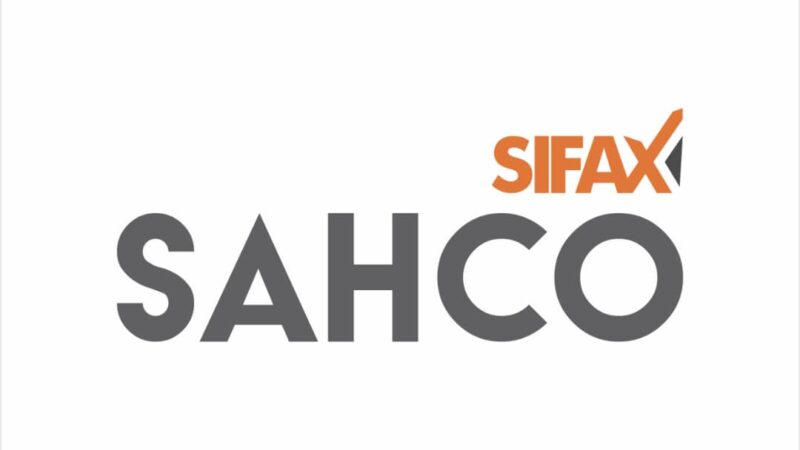IATA alerts travellers of new EU border restrictions

As the European Union gears up for enhanced border management in the region, the International Air Transport Association (IATA) has warned that travellers planning to visit European countries must brace for significant changes.
The EU is set to implement two border management systems – the Entry/Exit System (EES) and the European Travel Information and Authorisation System (ETIAS), which will revolutionise entry protocols that would impact travellers across the region.
In a recent weekly newsletter, IATA disclosed that the EES is set to register all non-EU nationals, including both visa-free and visa-required travelers, embarking on short stays within 29 European countries for a duration of up to 90 days within any 180-day period.
This system will meticulously gather travelers’ passport details alongside biometric information, encompassing fingerprints and facial images.
Additionally, IATA warned that the traditional passport stamping procedure at borders will be replaced by electronic recordings, documenting entries, exits, and instances of refusal of entry.
Anticipated to commence operations in the third quarter of 2024, the EES aims to streamline border control processes while bolstering security measures.
In tandem with the EES, the ETIAS emerges as a requisite for visa-free travelers intending to visit the aforementioned 29 European countries for short stays.
With an operational kickoff slated for the second quarter of 2025, travelers must apply for this authorisation online before embarking on their journeys.
According to IATA, this system aims to fortify border security by scrutinising and authorising travellers’ entry prior to their arrival, ensuring compliance with requisite travel regulations.
To access official and accurate information regarding ETIAS and its stipulations, the association has urged travelers to rely exclusively on the official ETIAS website: travel-europe.europa.eu/etias.
In light of the proliferation of unofficial and counterfeit ETIAS websites purporting to disseminate official information across various languages, IATA noted that vigilance is paramount.
“It is imperative to eschew non-official sources and solely consult the official ETIAS portal to glean insights and apply for authorisation once the system is operational,” IATA advised travellers on its official website.
The association further warned that commercial intermediaries seeking to apply for ETIAS on behalf of clients must adhere to the official channel, as applications can only be processed through the designated website.
The ETIAS application fee stands at EUR 7, with any additional charges directed towards intermediaries facilitating the process.
Furthermore, travelers are advised to discern official EU websites by their europa.eu domain to avoid falling prey to fraudulent platforms.
In essence, the forthcoming implementation of the EES and ETIAS heralds a new era of border management within the EU, aimed at reinforcing security measures while facilitating seamless travel experiences for visitors.
These new restrictions will apply when entering all EU member states, apart from Cyprus and Ireland, as well as four non-EU countries in the Schengen Area: Iceland, Lichtenstein, Norway and Switzerland.
As these initiatives unfold, travelers are encouraged to stay abreast of official updates and adhere strictly to prescribed protocols to ensure hassle-free journeys across European borders.







